Have you ever wondered why your cat sometimes seems anxious, aloof, or even a little mischievous? The answer may surprise you: cats crave predictability and structure more than we realize. In a world where everything can seem chaotic and unpredictable to our feline friends, establishing a solid daily rhythm is like giving them a comforting anchor. Creating a routine isn’t just about convenience for you—it’s about helping your cat feel safe, secure, and truly at home. Let’s unravel the secrets to building a daily rhythm that will make your cat’s paws patter with happiness and your bond stronger than ever.
Understanding a Cat’s Need for Routine

Cats are creatures of habit. In the wild, their ancestors survived by sticking to consistent behaviors and schedules—hunting, sleeping, grooming, and playing at roughly the same times each day. This natural instinct hasn’t faded with domestication. If a cat’s routine is disrupted, it can lead to stress or even behavioral issues. By recognizing your cat’s innate need for structure, you’re already taking the first step in helping them feel grounded. Just like children thrive on bedtime stories and regular meals, cats flourish when life is predictable.
Observing Your Cat’s Natural Patterns

Spend a few days simply watching your cat. You’ll notice they have their own ideas about when to nap, play, or demand food. Maybe your cat zooms around at dawn or gets the “evening crazies.” Taking note of these patterns helps you build a routine that feels natural for both of you. Don’t try to force your cat into a schedule that clashes with their instincts; instead, use their natural rhythms as a foundation. This creates a harmonious daily flow that feels intuitive and comforting.
Setting Consistent Meal Times

Feeding your cat at the same times every day is one of the simplest ways to establish routine. Cats quickly learn when to expect breakfast and dinner, and this predictability helps reduce anxiety. Meal routines aren’t just about hunger—they signal safety and stability. Try to stick to two or three set times daily. If you ever need to change feeding times, do it gradually to avoid confusion or stress. Consistent meal routines can also help with portion control and prevent overeating.
Designing a Morning Ritual

Mornings can set the tone for your cat’s entire day. Greet your cat with gentle words, a soft stroke, or a favorite treat when you wake up. This daily ritual reassures your cat that all is well. You might also use this time for a quick play session or to refresh water and litter. A predictable morning routine makes your cat feel included in your daily life and starts the day on a positive note. Even five minutes of focused attention can make a world of difference.
Incorporating Playtime Into the Day

Play isn’t just fun for cats—it’s essential for their physical and mental well-being. Scheduling regular play sessions, especially when your cat is naturally active, helps burn energy and prevent boredom. Use interactive toys like feather wands or laser pointers to mimic hunting. Set aside at least two sessions a day, perhaps one in the morning and one in the evening. These playtimes become cherished events your cat will look forward to, reinforcing their sense of security and joy.
Providing a Predictable Environment

Cats are sensitive to changes in their surroundings. Rearranging furniture, adding new scents, or introducing new pets can throw them off-balance. Keep your cat’s environment as stable as possible—leave favorite beds, scratching posts, and toys in familiar places. If you must make changes, do so slowly and pair them with extra affection or treats. A predictable environment makes your cat feel “at home” and less likely to experience stress-related behaviors.
Scheduling Quiet Time and Naps

Cats spend a significant portion of their day sleeping—some up to 16 hours! Set up cozy nap spots in quiet areas of your home, away from noise and foot traffic. Encourage your cat to rest during their natural downtime, usually mid-morning and mid-afternoon. Respecting their need for undisturbed sleep is crucial for their health and happiness. Your cat will soon associate these quiet times with safety and contentment.
Establishing a Bedtime Routine

Just as morning rituals are important, so are evening routines. Wind down with calm petting, gentle brushing, or a soft-spoken chat before bed. Dim the lights and turn off loud electronics to signal it’s time to settle in. A consistent bedtime routine helps your cat relax and ensures a peaceful night for everyone. Over time, your cat will anticipate this soothing part of the day and look forward to it.
Regular Grooming Sessions

Cats are fastidious groomers, but they often appreciate help, especially if they have long fur or are older. Introduce grooming as a daily or every-other-day ritual, using gentle brushes and lots of praise. Make these sessions calm and positive—never rushed or forced. Grooming time isn’t just about keeping your cat clean; it’s an act of love that builds trust and deepens your connection.
Making Time for Bonding and Affection
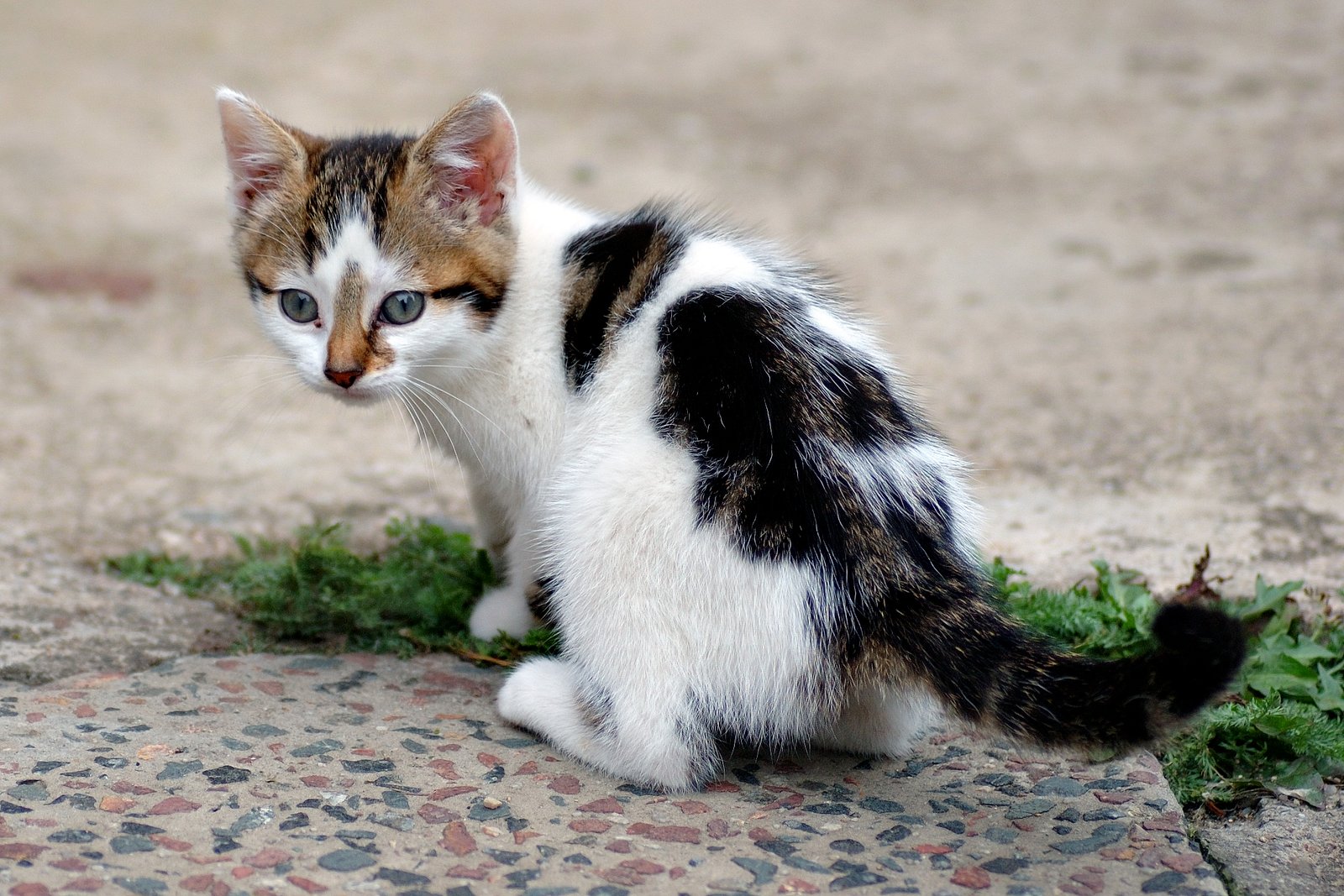
Beyond basic care, cats crave affection and attention from their humans. Schedule daily “bonding breaks” to cuddle, talk, or simply sit together. Some cats enjoy lap time, others prefer sitting nearby. The key is consistency—your cat will look forward to these moments and feel reassured by your presence. Even on busy days, a few minutes of undivided attention can mean everything to your feline friend.
Managing Litter Box Routines

A clean litter box is non-negotiable for a happy cat. Scoop the box at the same times each day—perhaps after breakfast and before bed. This not only keeps your home fresher but also helps your cat feel secure in their territory. Cats are sensitive to smells and cleanliness; a dirty box can disrupt their sense of routine and even lead to accidents elsewhere. Make litter box care a regular, predictable part of your day.
Creating Feeding Rituals With Enrichment
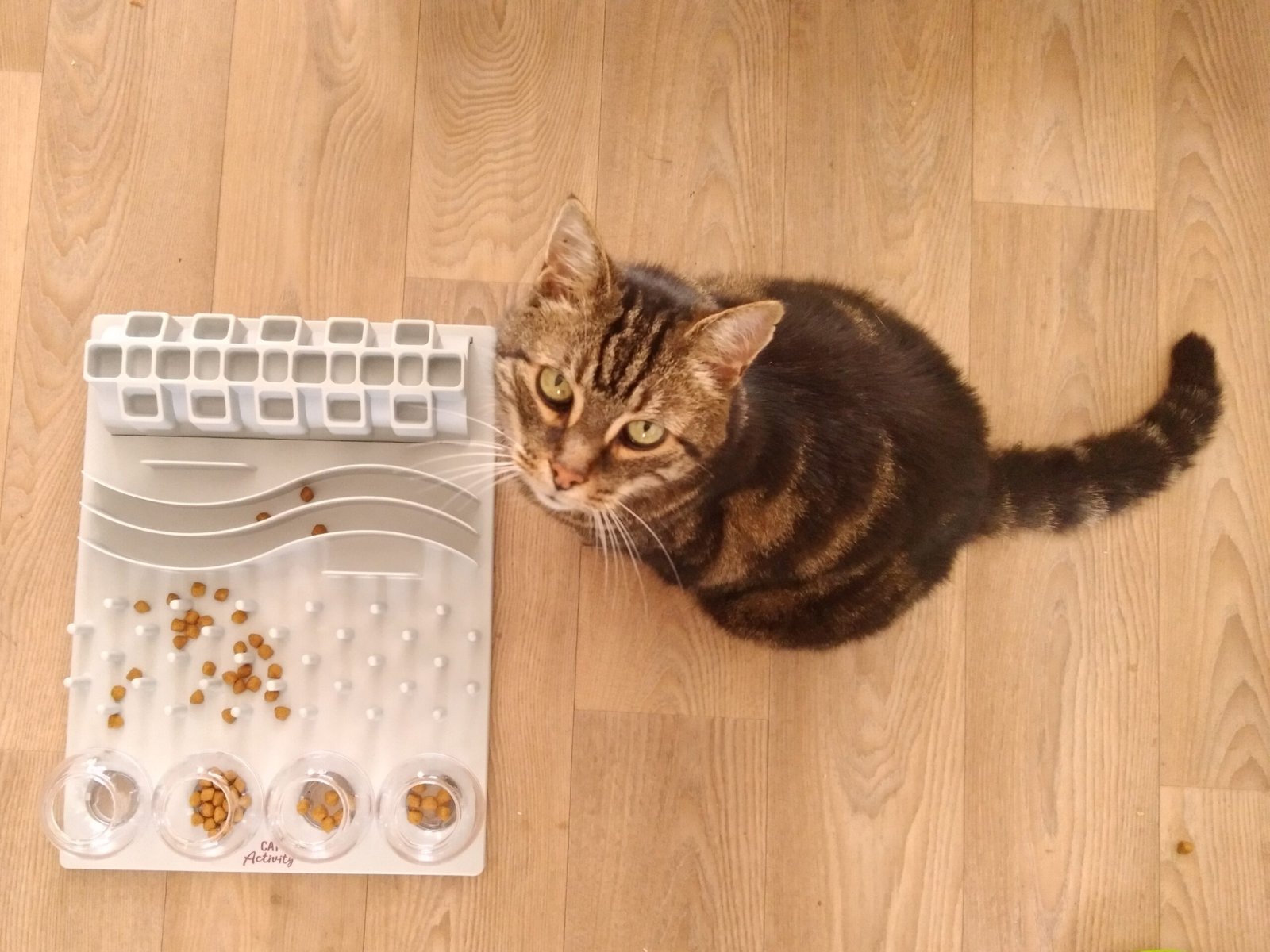
Turn meals into special moments by adding a touch of enrichment. Try puzzle feeders or scatter food in different spots to encourage natural foraging behaviors. These little rituals turn ordinary feeding into a fun and mentally stimulating event. Your cat will eagerly anticipate mealtime, and the added challenge helps prevent boredom and overeating. Enrichment feeding fits beautifully into any daily rhythm.
Allowing Outdoor or Window Watching Time
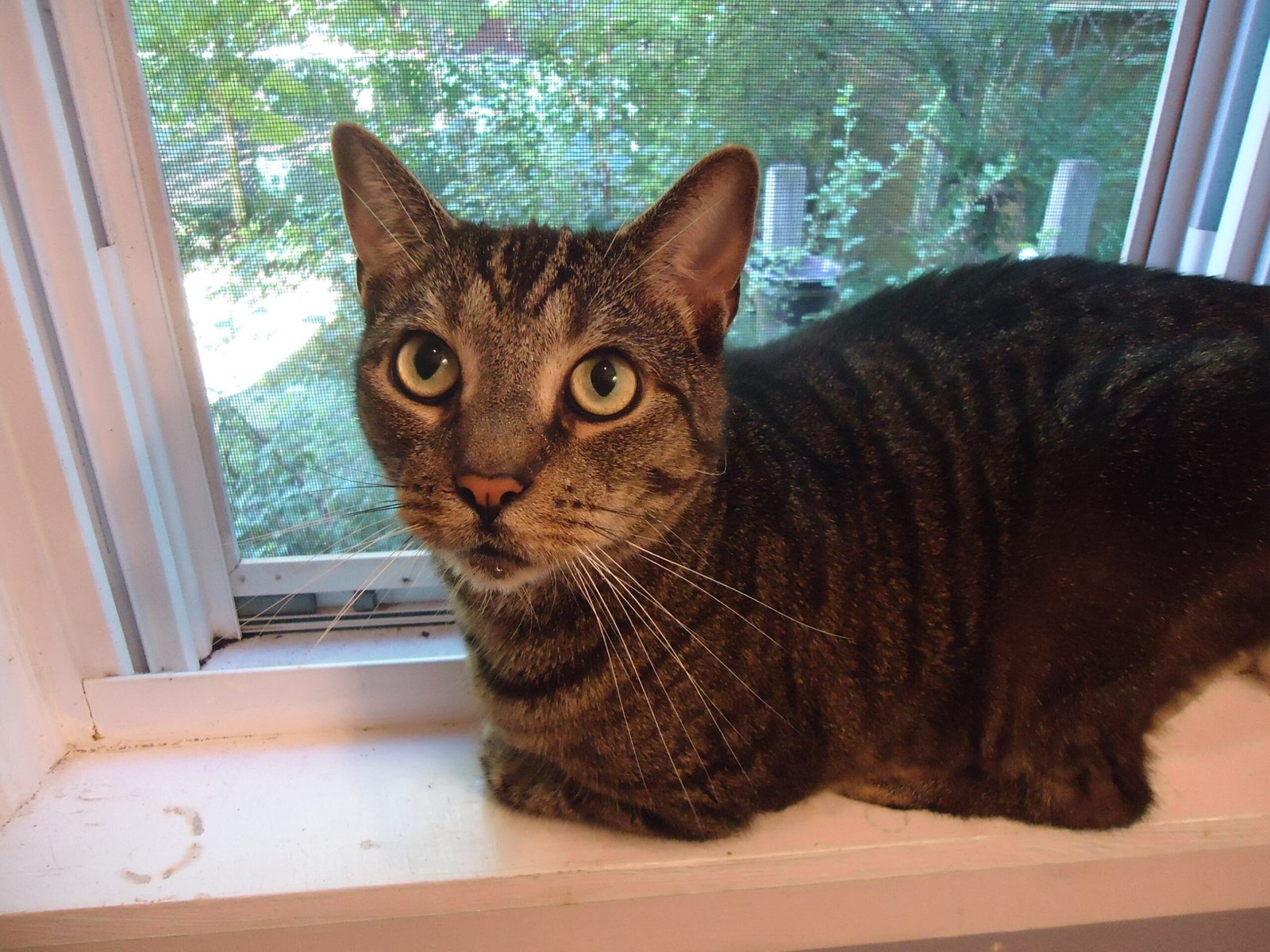
If your cat is allowed outside, or has access to a safe enclosed space, set regular times for supervised outdoor exploration. For indoor cats, create a “window perch hour” where they can watch birds and squirrels. Nature watching satisfies their curiosity and brings variety to the routine. Consistent outdoor or window time gives your cat something to look forward to and helps channel their natural instincts in a safe way.
Introducing New Activities Gradually
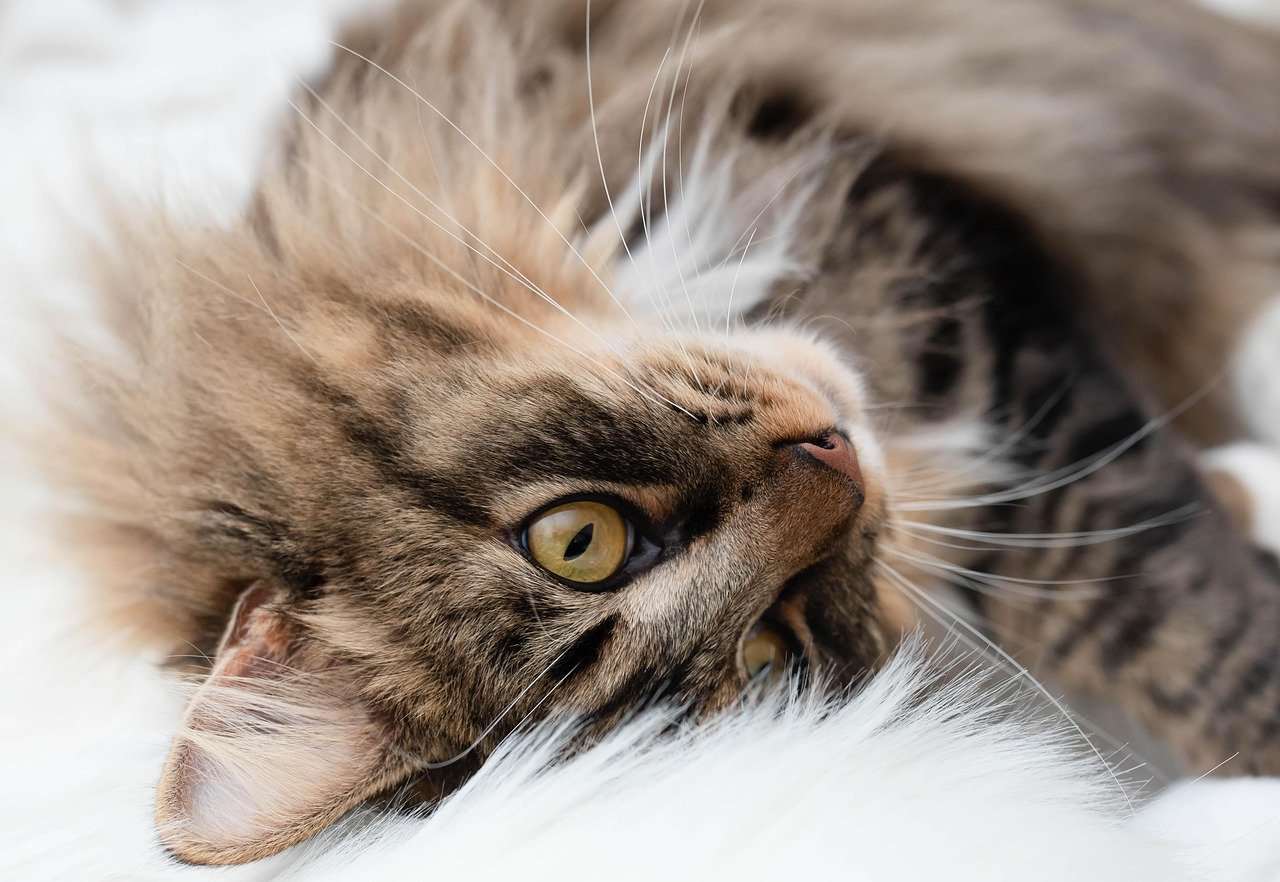
Cats often react poorly to sudden changes. When adding a new toy, bed, or even a new person to the household, do it slowly and at a set time each day. Introduce new activities alongside familiar ones so your cat feels safe. Gradual change with a predictable pattern ensures your cat adapts smoothly and remains confident in their environment. This approach can prevent behavioral problems and strengthen trust.
Addressing Anxiety and Stress Signals

Sometimes, even with the best routine, cats show signs of stress—hiding, over-grooming, or changes in appetite. Pay close attention to these signals and adjust your routine if needed. Maybe your cat needs more play, extra cuddle time, or a quieter nap spot. Responding promptly and kindly to your cat’s emotional needs reinforces their trust in you and helps them feel more secure day by day.
Seasonal Changes and Their Impact

As the seasons shift, so do your cat’s needs and behaviors. Longer days might mean more playtime, while winter brings extra napping. Adjust your daily rhythm to match these natural changes—maybe a cozy spot in the sun during winter, or earlier play sessions in summer. Recognizing and adapting to seasonal shifts keeps your cat’s routine feeling fresh yet familiar.
Supporting Multi-Cat Households

If you have more than one cat, building a routine becomes even more important. Feed, play, and groom each cat in predictable turns. Make sure each cat has their own resources—food bowls, beds, and litter boxes—so they don’t compete or feel anxious. A structured routine helps reduce tension and fosters harmony among your feline family members. Everyone benefits from knowing what to expect.
Balancing Your Routine With Flexibility

While consistency is crucial, life happens. Guests visit, appointments run late, or you travel. When disruptions occur, try to keep key parts of your cat’s routine intact—especially meals and playtime. If changes are unavoidable, maintain calm and reassure your cat with extra affection. A flexible mindset paired with strong daily anchors helps your cat weather any storm with confidence.
Involving the Whole Family
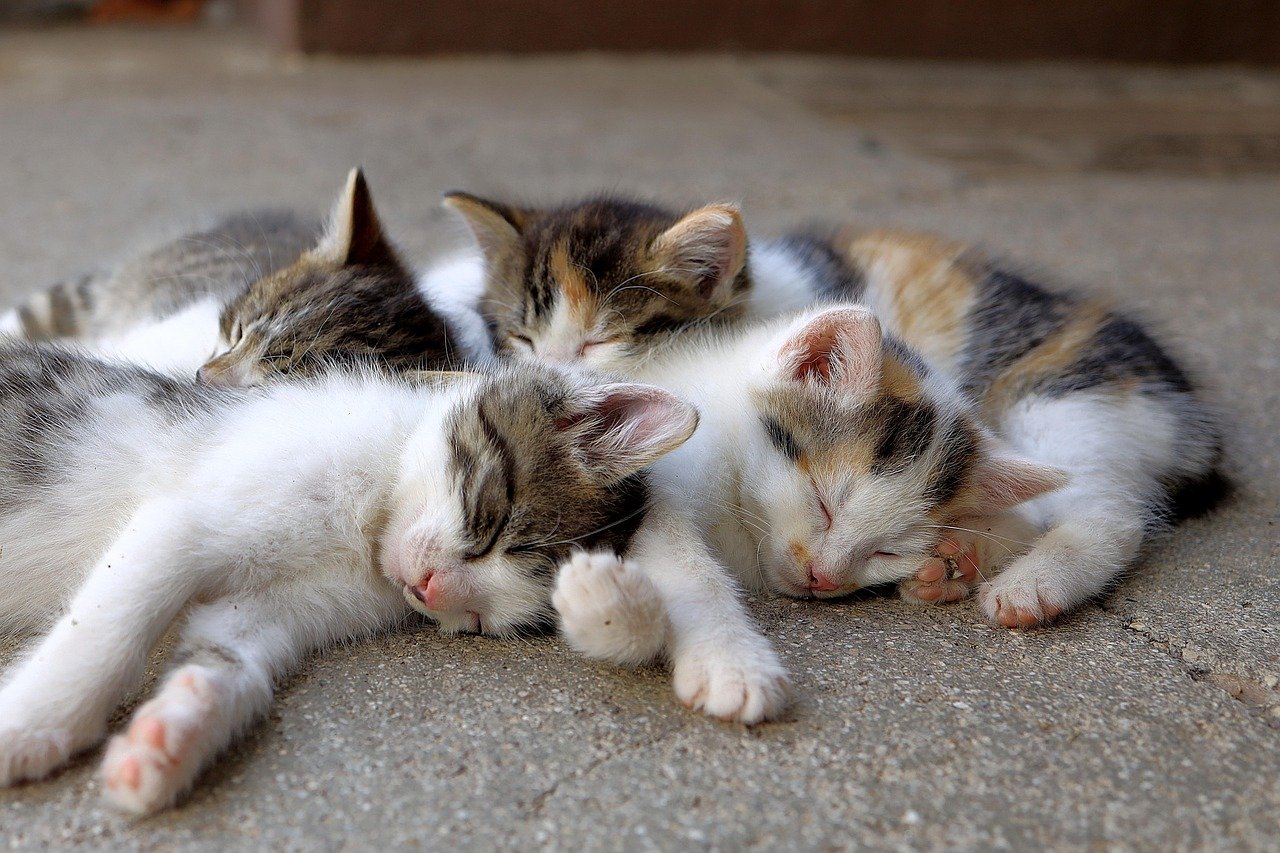
If you share your home with others, get everyone involved in the cat’s daily rhythm. Assign feeding, play, and grooming duties so your cat receives consistent care, no matter who’s home. When all family members know the routine, your cat feels secure and bonds with everyone. Teamwork ensures your cat’s needs are always met, even if your own schedule changes.
Celebrating Milestones and Special Days

Life isn’t all about routine—celebrate birthdays, adoption anniversaries, or just-because days with a special treat or extra playtime. These joyful moments break the monotony and give your cat something to look forward to. Marking milestones strengthens your bond and reminds your cat that they are cherished every single day. Even small celebrations can have a big emotional impact.
Monitoring and Adjusting Over Time

Cats change as they age, and so do their needs. What worked for a playful kitten might not suit a senior cat. Regularly assess your routine and tweak it as your cat grows. Stay attentive to their preferences and energy levels, and don’t be afraid to make small changes when needed. Building a daily rhythm is an ongoing process—and your cat will love you all the more for it.
Hi, I’m Bola, a passionate writer and creative strategist with a knack for crafting compelling content that educates, inspires, and connects. Over the years, I’ve honed my skills across various writing fields, including content creation, copywriting, online course development, and video scriptwriting.
When I’m not at my desk, you’ll find me exploring new ideas, reading books, or brainstorming creative ways to solve challenges. I believe that words have the power to transform, and I’m here to help you leverage that power for success.
Thanks for stopping by, Keep coming to this website to checkout new articles form me. You’d always love it!






